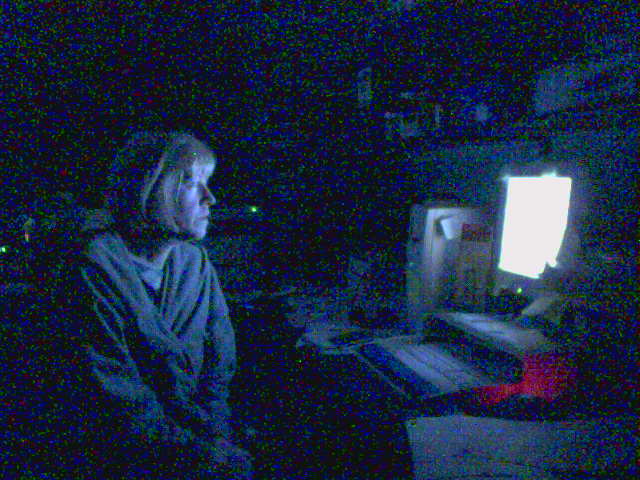“They called it inattentional blindness, and it had been well-known for a century or more; a tendency for the eye to simply not notice things that evolutionary experience classed as unlikely.”
– from Blindsight by Peter Watts (excellent SciFi)
by Peter Watts (excellent SciFi)
————————————
And from Wikipedia, this explanation: ➡
————————————
And from an overview of Inattentional Blindness (Cognitive Psychology) by Arien Mack (Department of Psychology, New School for Social Research) & Irvin Rock (Department of Psychology, University of California, Berkeley):
by Arien Mack (Department of Psychology, New School for Social Research) & Irvin Rock (Department of Psychology, University of California, Berkeley):
What is the relationship between attention and perception? How much, if anything, of our visual world do we perceive when we are not attending to it? Are there only some kinds of things we see when we are not attending? If there are, do they fall into particular categories? Do we see them because they have captured our attention or because our perception of them is independent of our attention?
Most people have the impression that they simply see what is there and do so merely by opening their eyes and looking. Of course, we may look more closely at some things than at others, which is what we ordinarily mean by “paying attention,” but it probably seems to many people as if we see nearly everything in our field of view.
However, many have experiences that seem to contradict the belief that, to one degree or another, we perceive everything in view and that our attention merely permits us to see some things in more detail than others. Almost everyone at one time or another has had the experience of looking without seeing and of seeing what is not there. The experience of looking without seeing is most likely to occur during moments of intense concentration or absorption. During these moments, even though our eyes are open and the objects before us are imaged on our retinas, we seem to perceive very little, if anything. For example, most people who drive have experienced these brief moments of not seeing, that is, of “functional blindness,” which produce astonishment and alarm when awareness returns. Similar moments of “sighted blindness” can occur during particularly absorbing conversations or in moments of deep thought. Why do we have these experiences if perceiving only requires opening our eyes?
There is an opposite experience that also raises questions about the relation between perception and attention. When we are intently awaiting something, we often see and hear things that are not there. For example, many people have had the experience of hearing footsteps or seeing someone who is anxiously awaited even though the person is not there, and there are no footsteps. On these occasions, it is as if our intense expectation and riveted attention create or at least distort a perceptual object. Here, instead of not seeing (or hearing) what is there when we are distracted, we are seeing (or hearing) what is not there, or perhaps more accurately, misperceiving what may actually be there, but which we are anxiously awaiting. Both experiences appear to implicate attention in the act of perceiving. This kind of experience was eloquently described by William James.
When waiting for the distant clock to strike, our mind is so filled with its image that at every moment we think we hear the longed-for or dreaded sound. So of an awaited footstep. Every stir in the wood is for the hunter his game; for the fugitive his pursuers. Every bonnet in the street is momentarily taken by the lover to enshroud the head of his idol. (1981, p. 419)
